How to Recycle Garbage: A Comprehensive Guide for Beginners
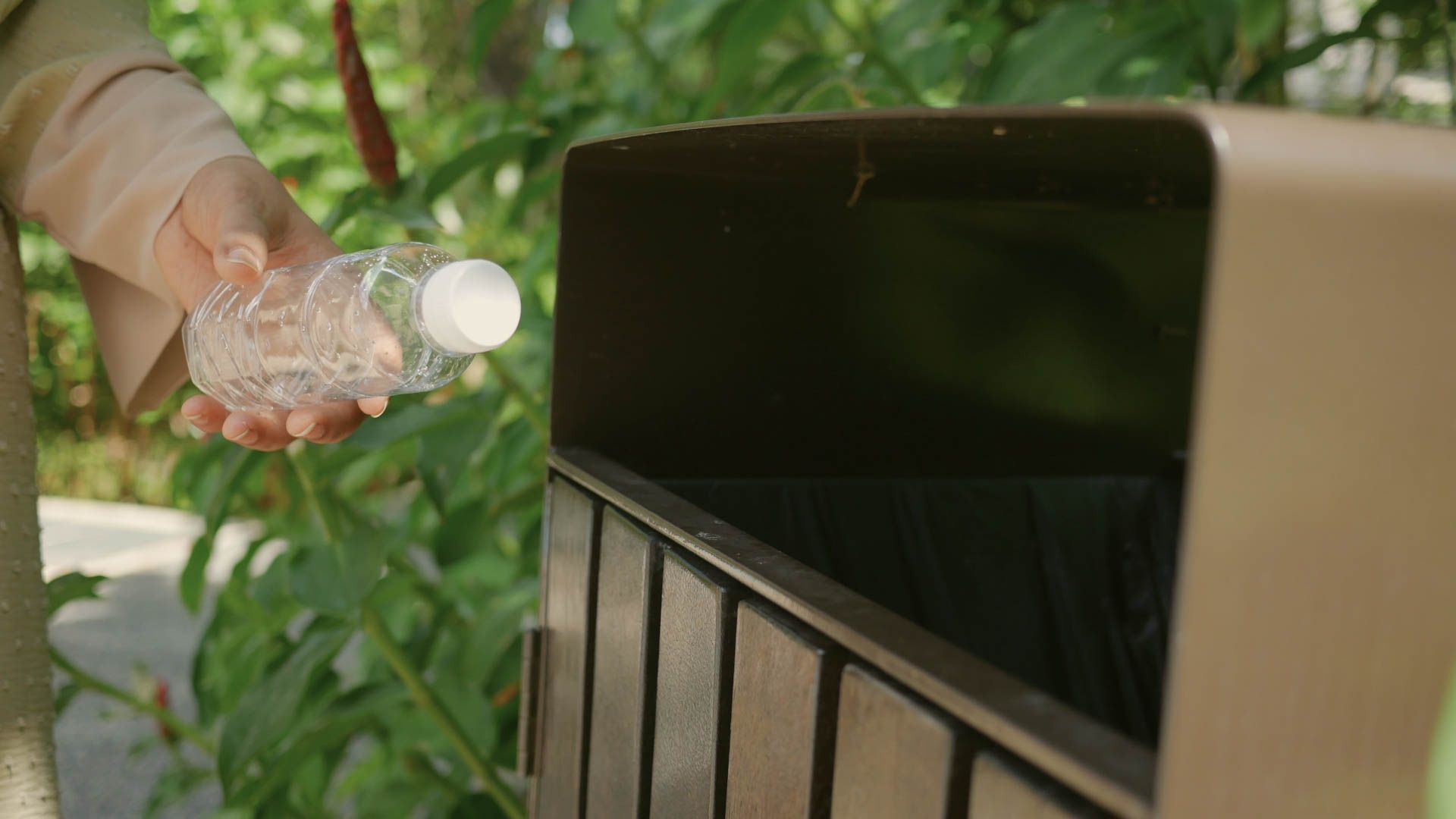
You’re in your kitchen, cooking, and you notice some leftovers from yesterday. You think about throwing them out, but remember that you need to reduce your carbon footprint. So you decide to recycle it.
What are your options? Can you put the jar in the recycling bin, or does it need to go to another one? It seems like a simple question with an obvious answer. But if you look at how most people approach recycling, there is more than one way to view it.
This blog post explains everything you need to know about recycling as a beginner.
What does recycling actually mean?
Recycling is more than just dumping something in the bin! It’s the process of reusing materials that have already been used.
When you recycle something, you break down used items into their base components to be used to create new items.
Why is recycling important?
Recycling uses less energy than making new products from raw materials, making it a necessary process in our society.
It has many benefits like:
- conserves natural resources;
- reduces greenhouse gas emissions;
- keeps waste out of landfill;
- reduces energy use;
- reduces water pollution;
- creates jobs.
In fact, recycling is so important that some even view it as a type of investment. According to the World Economic Forum, recycling could add $100 trillion to the global economy by 2050.
How does recycling work?
Waste management has two parts:
- Collection is the stage when the waste is picked up from the source. This can be done by contractors responsible for transporting the waste to a central location.
- Disposal is the process of treating waste (or garbage) so that it does not cause harm to people or the environment. The disposal process can be done in various ways, including burning, composting, and putting it in the ground.
So why doesn’t everything get recycled?
The process of recycling is resource-intensive. It requires time and energy, and it also costs money. That’s why only about a third of the waste we produce ends up in the recycling bin.
This is also because different materials have different recycling values. Some items are more valuable when recycled than others.
What happens to recycled items?
The process of recycling materials is more extensive than just throwing them in the recycling bin. There are many different types of recyclables, and they all contain other materials that need to be separated and repurposed.
Want to learn how to better take care of yourself and the planet?
Join thousands of people who receive our newsletter with valuable sustainability and personal care content, tips and tricks.
Spam free. Unsubscribe anytime.
When you put something in the recycling bin, it goes through a process where it is sorted, cleaned, and shredded into smaller pieces that can be formed into new products.
These products can then be sold to other companies to be used in their products. For example, a shirt from the store might have a polyester fabric that was once part of an old sweater that was recycled.
How to recycle the right way
When it comes to recycling the right way, there are three goals to keep in mind:
- Make sure everything goes in the right bin.
- Avoid contamination.
- Make sure no recyclable items are left behind in the trash.
It can be easy to mess up, but some general rules can help avoid any mistakes.
Be mindful of the quality of your recycling
When you put items in the recycling bin, they should be clean and contamination-free. Contamination can ruin an entire batch of recyclables. It can come from food scraps, plastic, paper, or other items that shouldn’t be in the recycling bin.
Check to see if your city has specific guidelines
Different cities have different rules, so it’s essential to make sure you are recycling right in your area. It’s a good idea to keep a notebook with a list of what you recycle and where.
Use the right size bin
If you’re living in an apartment, you might not have a big recycling bin. Be sure to check with your landlord to see if there is a bin you can use. If you have a large family, it might be a good idea to get a large recycling bin so that you don’t run out of room in a short period.
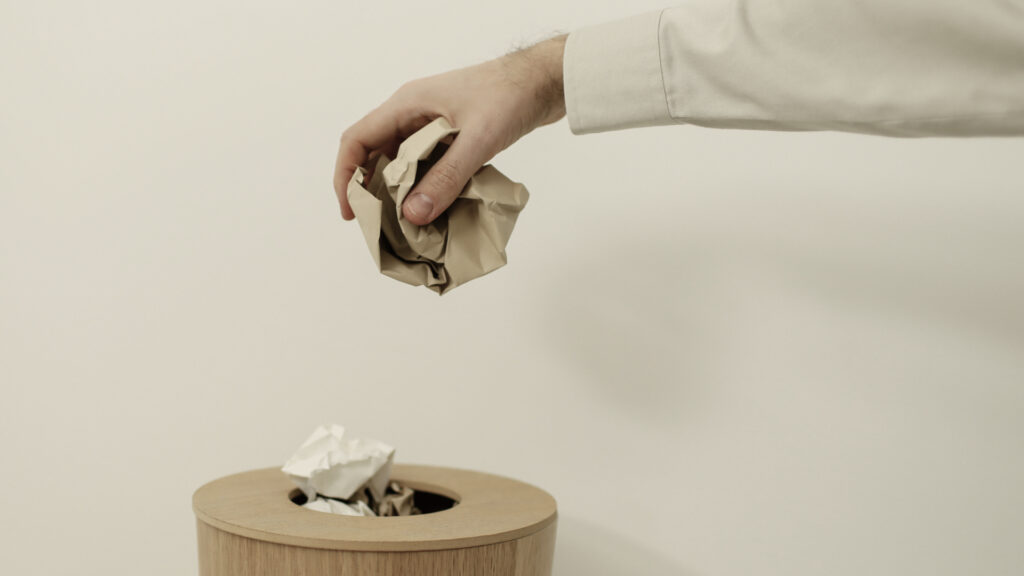
Which items can be recycled where?
Paper: Newspapers, magazines, paper bags, junk mail, computer paper, cardboard, and envelopes.
Plastic: Milk jugs, water, and sports bottles, food trays, yogurt tubs, and other types of plastic packaging.
Metal: Aluminum foil, aluminum cans, tin cans, and steel food containers.
Glass: Jars and bottles. If you use a bin that allows the glass to be separated from the jar, make sure to put it in a different bin.
Organic Materials: Food scraps, plant-based paper, and compostable containers.
Common recycling mistakes
If you don’t recycle right or place it in the wrong bin, bad things can happen. For example, it harms recycling facilities where the wrong items can damage equipment. Around one-third of what is put in the recycling bin doesn’t belong or was ruined.
Here are a few common mistakes:
Food & organic waste
You should not throw food scraps, like eggshells or apple cores, in a recycling bin. That’s because food residue gets soaked up by paper and can ruin large batches of good recyclables.
Clothing & textiles
Don’t throw clothes, shoes, curtains, and blankets in the recycling bin. These items can damage equipment and cause workplace injuries at the recycling facility.
You can donate your old clothing and textiles to not-for-profit agencies or drop them at a second-hand store. If you can’t donate, throw them in the garbage.
Hot beverage cups
Most hot beverage cups are made of paper but lined with plastic which makes it challenging to sort these cups at a recycling facility. This inner liner does not pulp easily, which causes clogging in the process.
So make sure that you place coffee cups in the garbage. But you should remove and throw into recycling bin plastic lids and paper sleeves.
Containers with leftover food
Before you throw food containers into the recycling bin, ensure that you empty and rinse them. If you don’t do that, residue from items like take-out containers will soak up by paper, which can ruin other good recyclables.
You should throw your food into the organic bin.
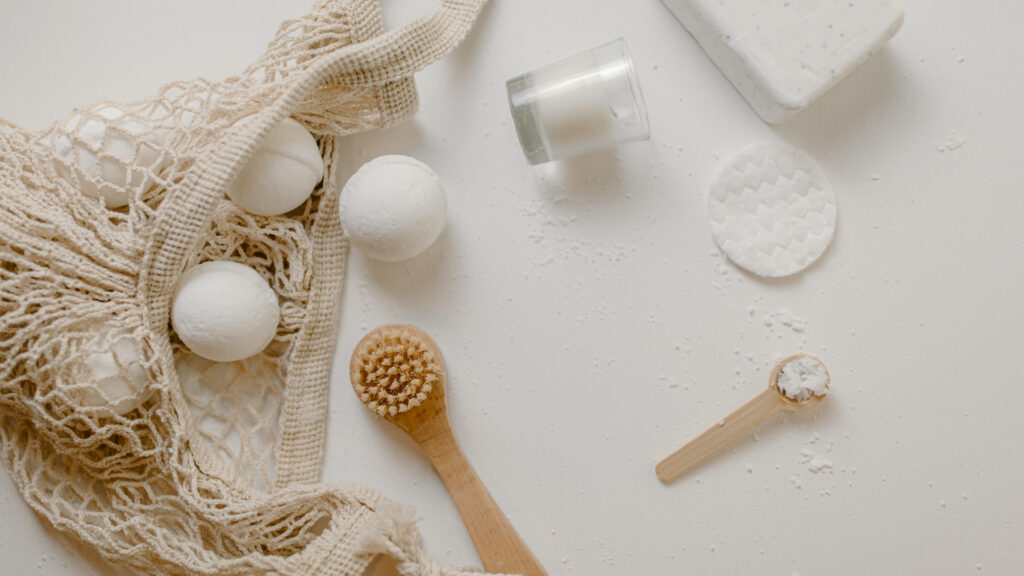
Other things you can do to help the environment
Reduce your carbon footprint by driving less, using less electricity, purchasing sustainable products, and using less water.
Get involved in your community
There are many different organizations that work to protect the environment. You can get involved with one of these groups or start your own to help reduce your carbon footprint.
Buy recycled products
You can also recycle items that you already own. Start a compost pile instead of throwing food scraps in the trash. Throw out less paper by reading online instead of printing documents.
Conclusion
The environment is an integral part of our world, and we all have a responsibility to help protect it.
Recycling is one way we can help slow down the effects of climate change by reducing the amount of pollution created by manufacturing new items.
When it comes to recycling, it’s important to remember that it’s better to do something than nothing.
If you want to live more sustainably, consider reading A Beginner’s Guide to Sustainable Living.
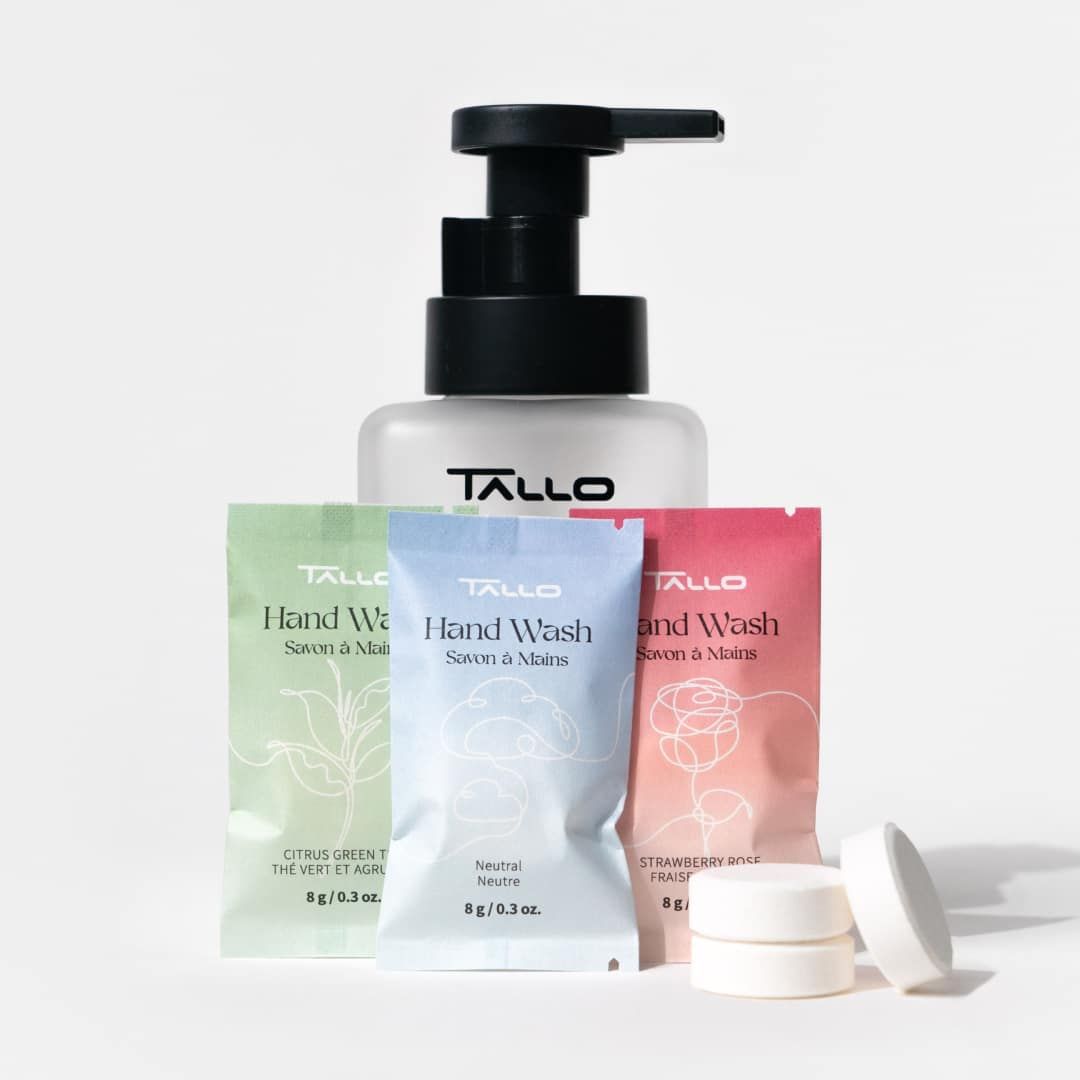
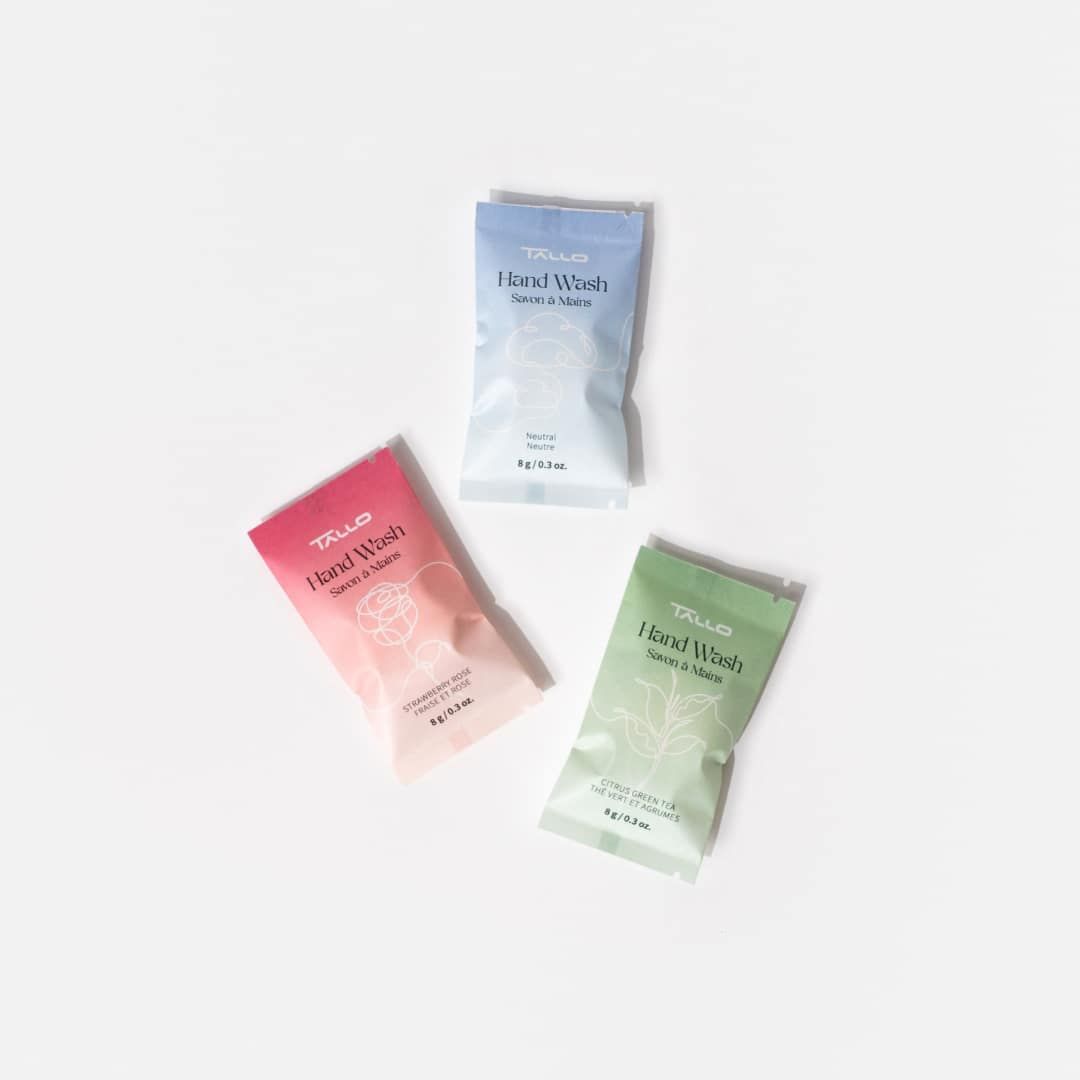
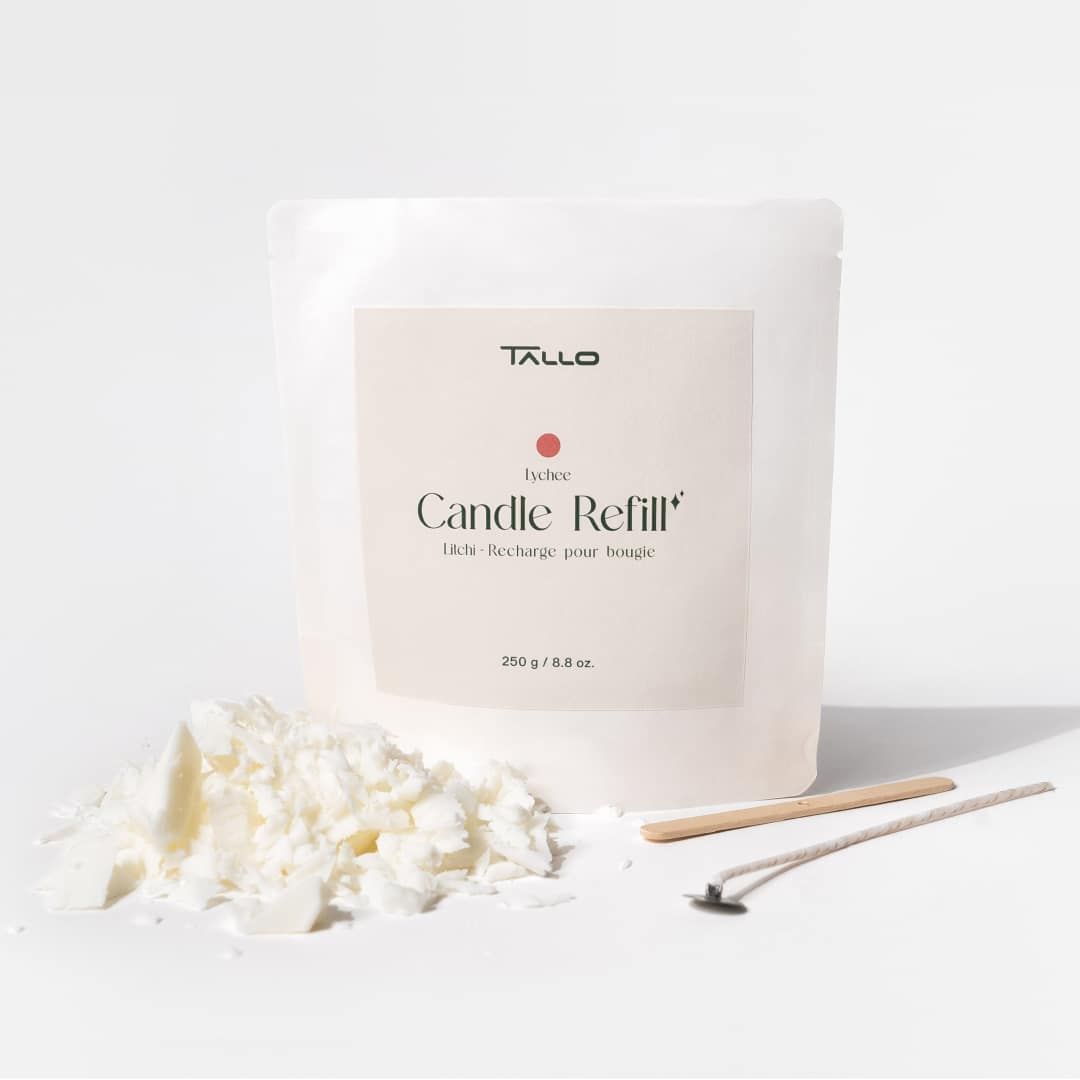



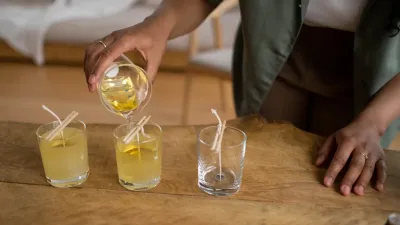


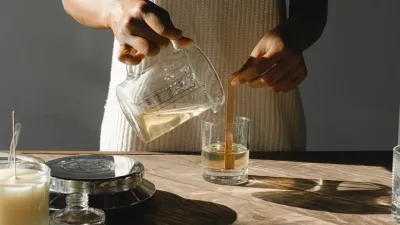


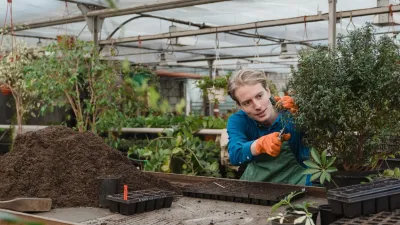
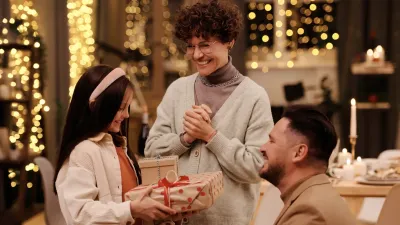
Leave a comment